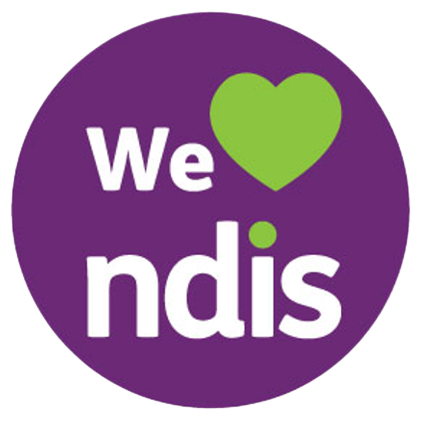Simply Defiance?????
I recently assessed an elderly lady who had completely lost her ability to speak. The aged care facility was understandably concerned also, about her nutritional intake, as she was refusing to eat. She frequently closed her mouth tightly during each meal. She was losing weight, eating very little in spite of being fed.
What was going on? She had already been placed on a pureed diet. On assessment, she took the first mouthful I presented to her, keen to eat. Her swallow mechanism was slow but efficient. She clenched her mouth closed when I presented the next spoonful of food. I asked her if she was still swallowing the first mouthful. She nodded. This continued throughout my assessment.
She wasn’t refusing food because she had lost the ability to eat. Nor was she not hungry. Nor was she being defiant and actually refusing to eat. She just needed a very extended amount of time to swallow each mouthful. She knew no other way to communicate that message other than clenching her mouth shut. It would have been easy to misunderstand her non-verbal behaviour and incorrectly assume she was unable or unwilling to eat. This may have led to a discussion about palliative care.
Knowing what to look for and how to interpret what is going on, especially with non-verbal clients or residents, is essential for our care of them.
Find out more
Take the Course
CONTACT US
Email: support@safeswallowing.com.au
Address: 10-14 Fairlight St, Five Dock 2046
0416 273 059
All Rights Reserved | Safe Swallowing





